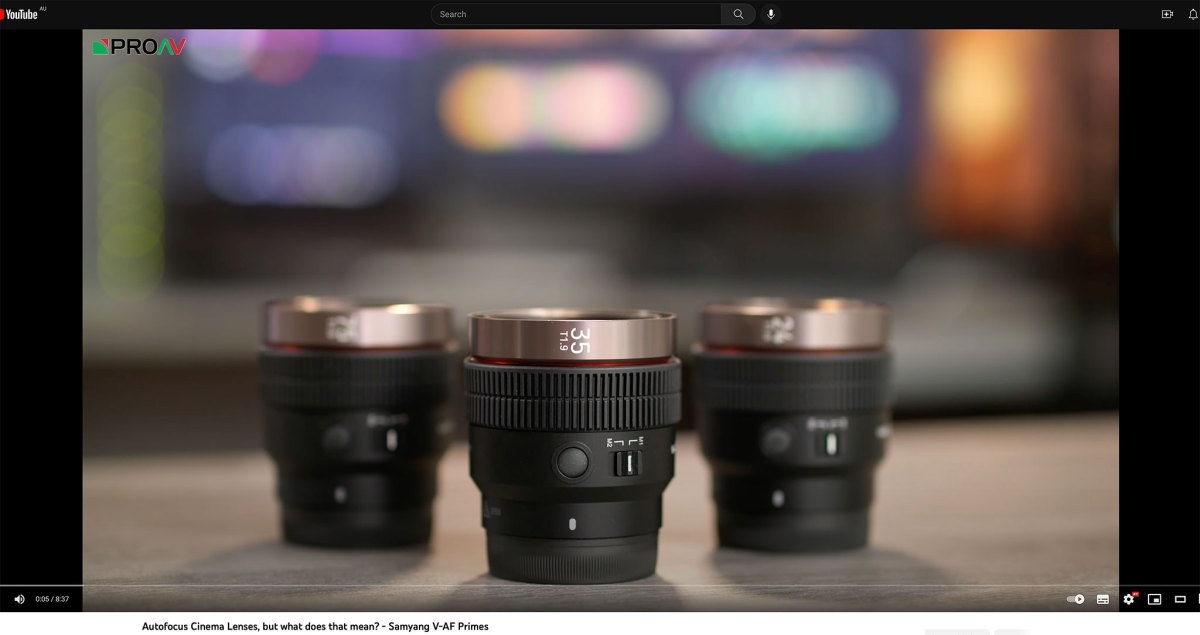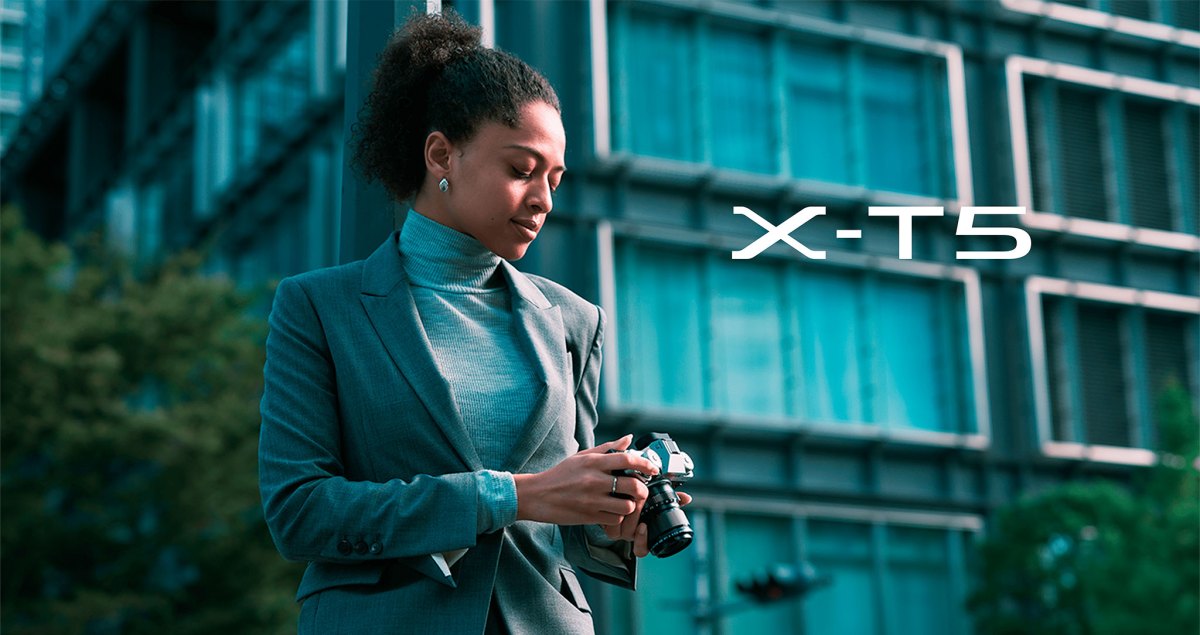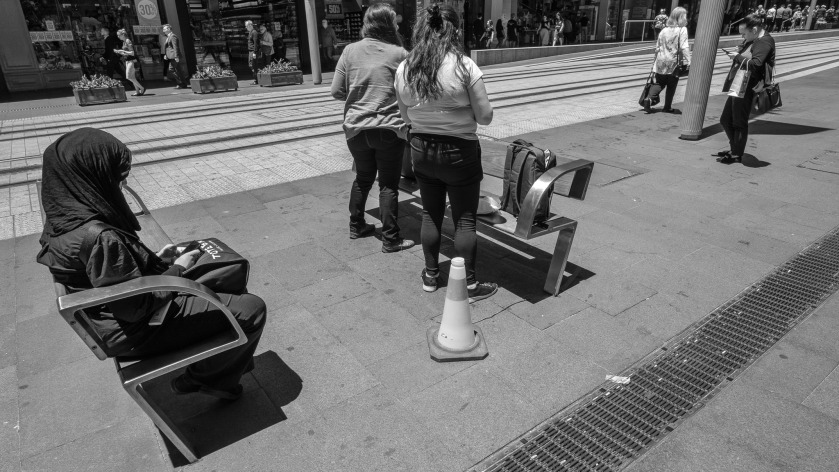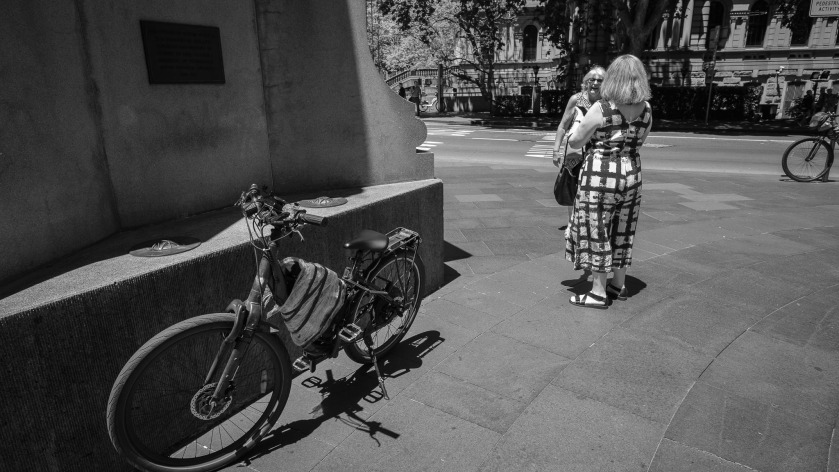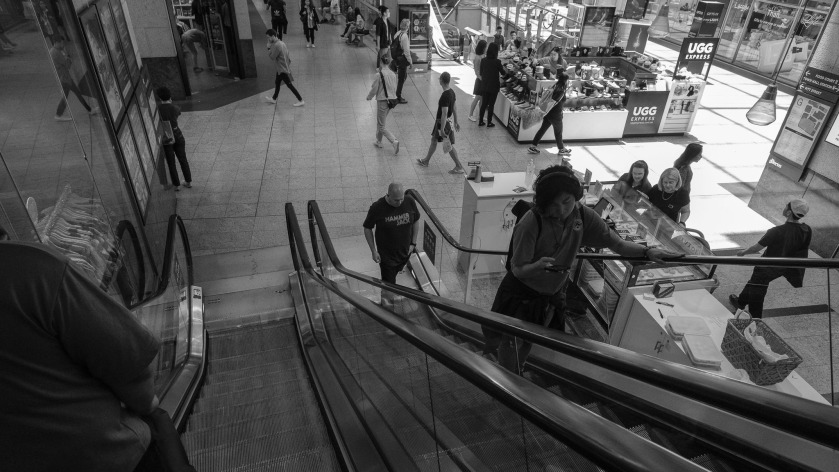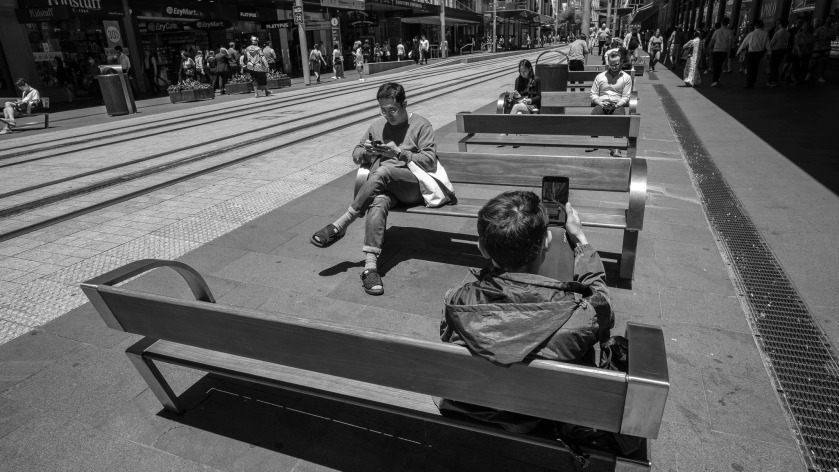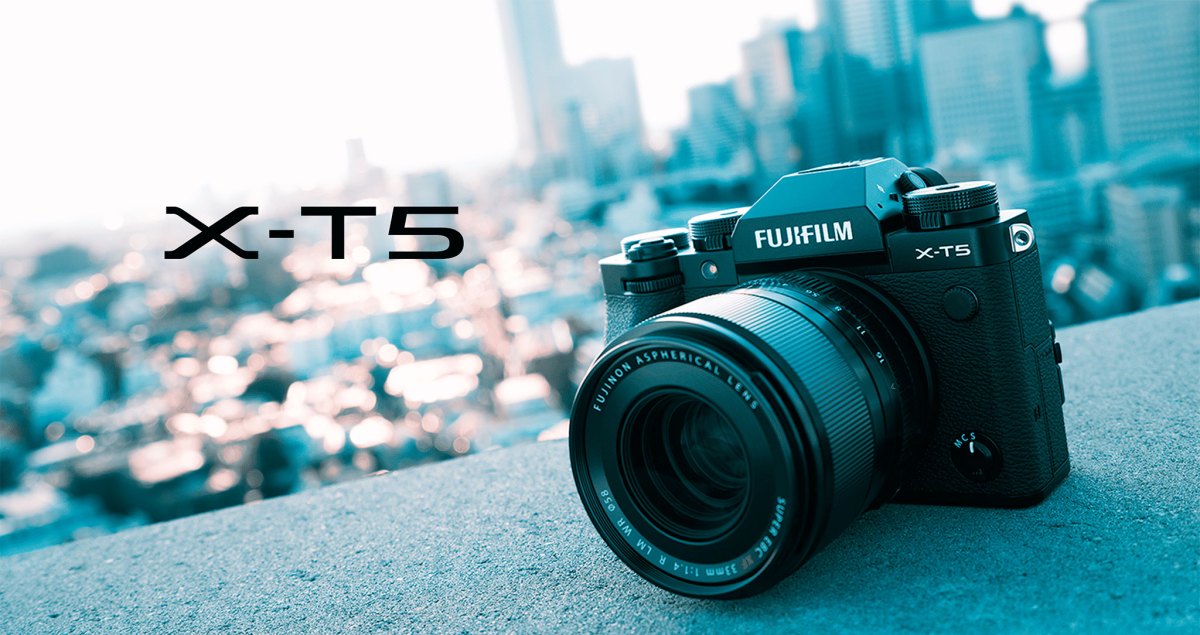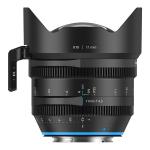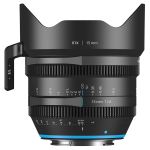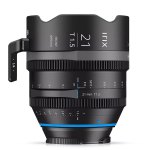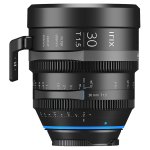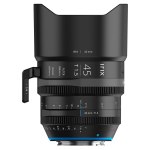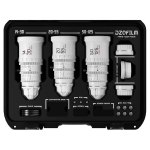Just the other day I was daydreaming about which types of lenses one might want to use for a documentary on the late, great Australian feature film cinematographer Robert Krasker.
I found myself wondering whether Fujifilm’s Fujinon broadcast and cinema lens division, makers of the highly-regarded HK Premier, MK, Premista, XK Cabrio and ZK Cabrio cinema zoom lenses series and co-designers of Fujifilm’s Fujinon XF 18-120mm f/4.0 LM PZ WR stills and movie zoom lens, might be persuaded to consider designing and making a series of matched-colour and size cinema prime lenses for Fujifilm X-mount cameras including the Fujifilm X-H2, X-H2S and X-T5.
Would such a Fujinon X-Mount cinema prime lens series be manual focus-only or would it have autofocus and a manual focusing mechanism superior to that in Fujifilm’s current XF prime and zoom lens line-up, Fujinon XF 18-120mm f/4.0 aside?
And why did Fujifilm stop using the excellent manual clutch focus mechanism in its Fujinon XF 14mm f/2.8 R, XF 16mm f/1.4 R WR and XF 23mm f/1.4 R prime lenses and that works so well for video?
Then I came across this video by ProAV TV:
ProAV TV: Autofocus Cinema Lenses, but what does that mean? – Samyang V-AF Primes
“Samyang’s new V-AF range, a new set of affordable cinema primes to sit alongside their popular VDSLR range but these ones have autofocus. In fact Samyang say[s] this is the world’s first cinema lens lineup with autofocus.”
Samyang Cine AF 75mm T1.9 FE Sony E-Mount autofocus cinema prime lens
Links
- B&H Affiliate Link – click here to research and purchase or pre-order your choice of cameras, lenses and accessories for stills photography and video production whatever your genre and subject matter.
- B&H Affiliate Link – Fujifilm – X Series Lenses – FUJIFILM XF 18-120mm f/4 LM PZ WR Lens – Cine Lenses – FUJIFILM MKX18-55mm T2.9 Lens (Fuji X-Mount) – FUJIFILM MKX50-135mm T2.9 Lens (Fuji X-Mount)
- B&H Affiliate Link – Samyang Digital Cinema Lenses – Samyang Cine AF 75mm T1.9 FE Sony E-Mount Lens – At time of writing, this is the first Samyang Cine AF lens to be listed but more will be coming soon.
- ePHOTOzine – Samyang V-AF 75mm T1.9 Lens Review – “John Riley has been putting the Samyang V-AF 75mm T1.9 video lens through its paces on the Sony A7R III camera.”
- Fujifilm USA – Fujinon cine lenses
- Julia Trotti – Samyang V-AF 75mm T1.9 Photo and Video Review – video
- ProAV – Search results for “Samyang AF Lenses“.
- ProAV TV – Autofocus Cinema Lenses, but what does that mean? – Samyang V-AF Primes – video
- Samyang – V-AF T1.9: The World’s First Cine AF – 75mm, 35mm, 24mm, 45mm and 20mm T1.9 autofocus cinema prime lenses, to be released from 2022 Quarter 3 through to 2023 Quarter 4 in FE Sony E-Mount versions. Will they be released in other lens mounts including Fujifilm X?
- Unititled.Net – What Is The “Hollywood 28” Vintage Prime Lens & Why Is It Still So Highly Sought After?
